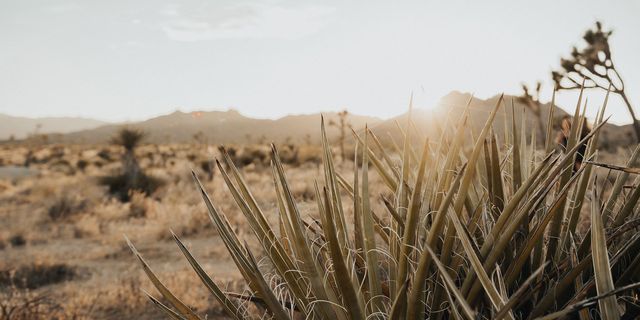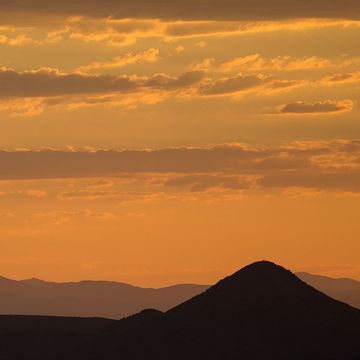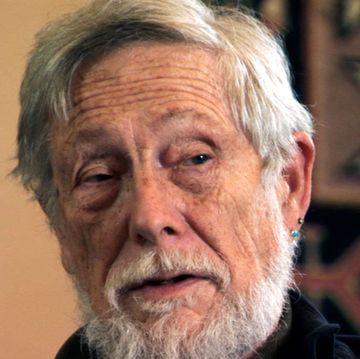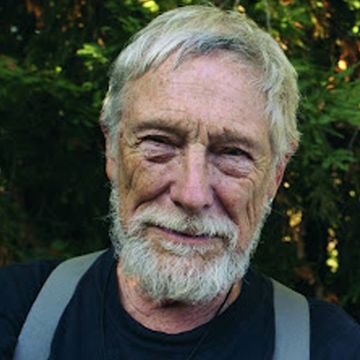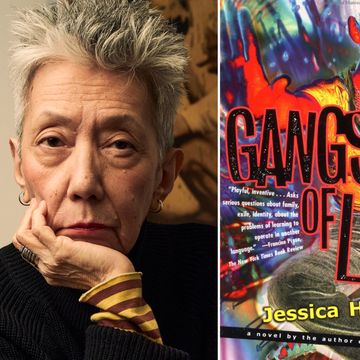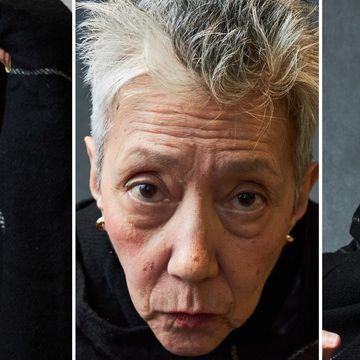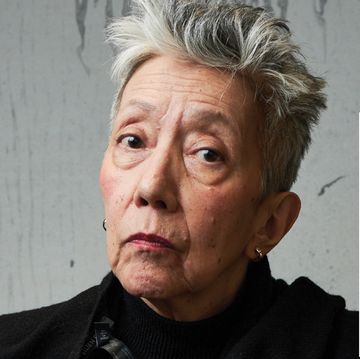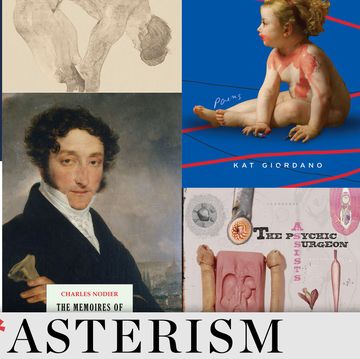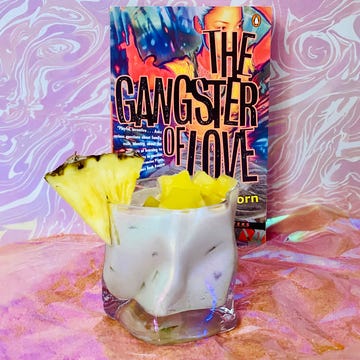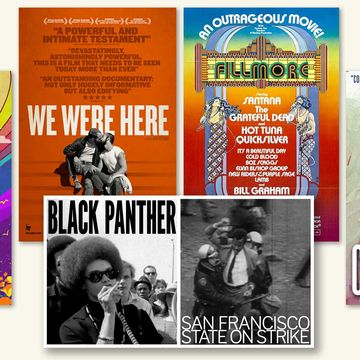We have probably lived through the high-water mark of carefree car travel through the Mojave Desert, where storms bearing a year’s worth of rain regularly blast away roads mistaken for permanent. I like to imagine the road trip as investigated by extraterrestrial anthropologists. I expect they’d struggle mightily to understand and convey how desperately, how earnestly, how emphatically early-21st-century Americans believed, despite all they knew, that a super way to get whole was to combust a great deal of gasoline across a great expanse of land.
Alas, our ghastly era of self-actualization via collective suicide is not yet archaeology. The car and the infrastructure that serves it demarcate most experiences of the Mojave, swapping primal awareness of our animal vulnerability for the alienation of industrialism, wherein the most dangerous thing any of us regularly do makes us feel safer. As if we might move through this land of extremes without touching it—without it touching us. Delusions of control and apartness evaporate when a flood erases a road, when your car gets stuck nose-deep in sand (a regular happening for folks trying to get to the Airbnbs in my neighborhood).
Time in the Morongo Basin, the arrow-shaped westernmost crook of the Mojave, is largely ruled by the car, but there is another important presence: the mountains. Ours are nonconformists of uncommon geology and facing the wrong direction. The general pattern of mountain ranges in the American West is their arrangement north-south, from coastal ranges inland to the Sierra and beyond, ranges and basins undulating across the Great Basin to the Rockies. But the transverse Little San Bernardinos are canted crookedly, running southeast by northwest, creating the prospect and refuge of a triangular basin, and spookily scrambling the unconscious orienteering by which most of us mountain people live.
Our sentinel summits, Mounts San Jacinto and San Gorgonio, two oracle-looking peaks on either side of I-10, oversee its passage to the dry side of the rain shadow, reminding us that the aggressive sprawl of metropolitan Southern California lies barely beyond. Of all pilgrimages Californians make from coastal cities into the wild hinterland, zipping up to the high desert of the Morongo Basin from Los Angeles may offer the highest ratio of strangeness to access. Probably nowhere else in the state can you get so weird by venturing so little. The estrangement comes from the land: those sideways Little San Bs, their astonishing rocks, unorthodox plants, and flinty creatures, all miraculously protected by Joshua Tree National Park.
I love a town named for a plant, and the three main outposts along Highway 62 are: Yucca Valley, Joshua Tree, Twentynine Palms. Of these, I like best hot, dusty Twentynine Palms. It’s unpretentious, with a great bookstore and a very fun public pool. Its name rejects the standard usage (twenty-nine), a shibboleth unmasking the uptight. I lived in Twentynine Palms off and on for the past four years. More precisely, I lived in a jackrabbit homestead cabin in a largely uncivilized grid of dirt roads several miles north of Twentynine proper, an area my phone calls Desert Heights. It’s an embarrassing name for one’s home, smacking as it does of real estate marketing. A more honest name might be Bombing Range Flats, for there, the creosote sea spreads wide, gently sloping down to the world’s largest Marine Corps training base, a place that saddens me for the world. I’ve spent much time meditating on this base, absorbing reverberations from its detonations, feeling the silence of a desert afternoon shattered by helicopters. Bombing Range Flats has made me think a great deal about peace, which would be so much more than the absence of these explosions but would begin there.
The alien and the ordinary collide out here, making conventional wisdom look deranged. For example: Why pay taxes? one wonders after a few years observing the ever-illuminated, ever-expanding city-size military base and its extremely expensive shenanigans. Surely it would be more efficient for me to Venmo Lockheed Martin?
Absurdity’s in overdrive in the more photogenic quadrants of the basin, too, where tourists shamelessly (sometimes dangerously) mug for some other plane. As charmed as I am by the oral tradition of this biome, I avoid stories of the Instagram-occasioned idiocy occurring in the park, for I am trying hard these days to love my fellow man—however harvested, however lobotomized—and this is tough spiritual work indeed with all these attractive Angelenos bounding about as if they have no body, or are only a body and that body, in fact, is a machine. The town of Joshua Tree I mainly avoid. Its crowds, which in urban places would likely not even register as crowds, overwhelm me. The Saturday farmers’ market is my personal hell. Plus, there’s nowhere to pee.
Instead, I drive to Twentynine Palms, get picnic fixins at Campbell Hill Bakery, and head up to the unpeopled eastern side of the national park. I pull off the paved road, park, and walk into the mountains. The mountains! What nourishment, what correction, coming from the mandatory velocity of the car, from our overconsuming, overautomated society, to be received by the unbuilt. How essential (how tragically rare) to be among these famously expressive pinkish piles of boulders, a place so visually alive, so wondrously lined and intricately patterned, and none of it made by people. There is so much grace and surprise in these stone congregations, stimulation without busyness or coercion. It has everything to do with freedom. Most Americans live in surroundings actively trying to manipulate them into buying worthless crap they don’t need. Here, not one line is designed to control you, save the trail. I could look at these rocks forever, seemingly assembled as sculptures, easily as beautiful and often more so for being completely free of the artist’s ego, the advertiser’s malice. None of these shapes are made to make you feel bad about yourself.
People openly worship these rocks, come from all over the world to climb, embrace, or compulsively document them. Despite my hermit leanings, I am all for this. Even a short stint in this convenient wilderness, even an afternoon in retreat from late capitalism’s soul harvest, can ballast us against the grimness of our time, its paradox of overprotection and needless destruction. The place puts us in touch with our own goodness, so that we might carry it back to the trailhead, back to the car.•
Join us on March 21 at 5 p.m. Pacific time, when author Laila Lalami will appear in conversation with Alta Journal books editor and California Book Club guest host David L. Ulin and special guest Danzy Senna to discuss The Other Americans. Register for the Zoom conversation here.
